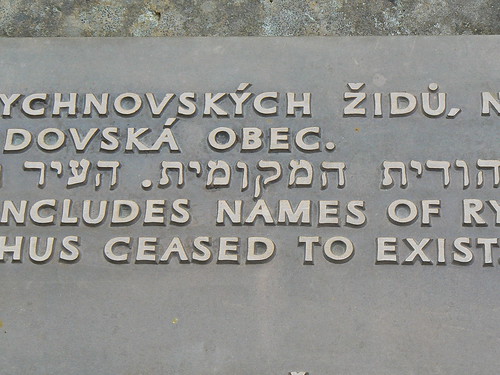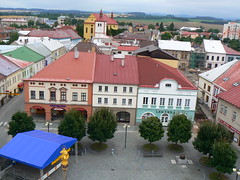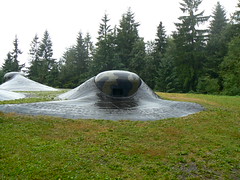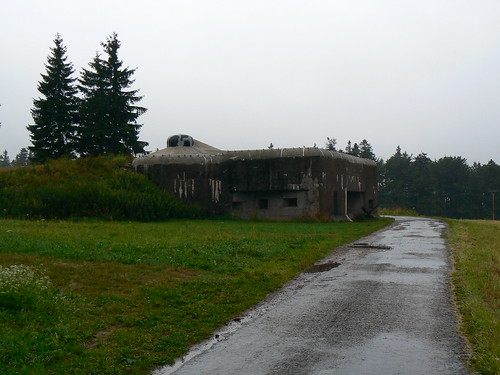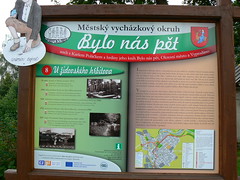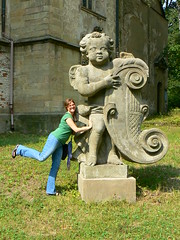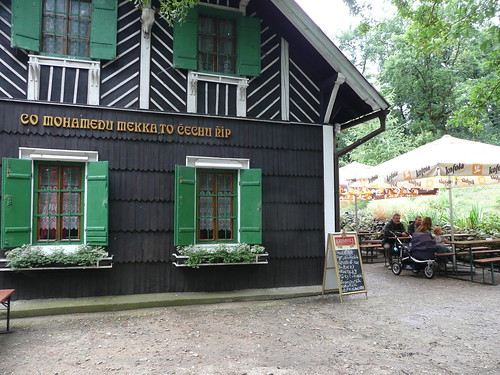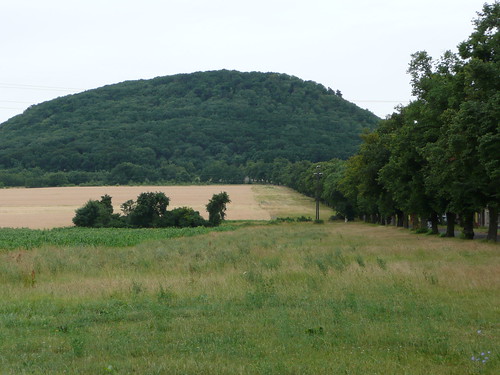
It is interesting to me that I don't return often to cities that I adore, but to cities that I have mixed feeling about. Maybe it is this unsureness, this lack of adoration, this desire to make a place mine when it eludes me that draws me back to places that aren't on the top of my list of favorites.
Budapest is just such a city. This was my fourth trip to "Paris of the East", as she once was known. It's a large, imperial city that time and regimes have not been kind to. The edges are frayed, it's raw and a bit rough but with small glimpses of the past regal. My friend Angela and I wanted a weekend away to relax and be girly. Where could be better than the Turkish spas and baths of Budapest. So we traveled the seven hours by train to soak, walk, eat, relax and observe.
Friday
We arrived at the bustling train station to mounds of construction. After a few false starts we figured out that our hotel

was just a short walk away and headed in the right direction. Budapest has a very southern feel. The vegetation is palmy and green, the people walk slowly and in the shade, the streets look like they need a good scrubbing.
Something that was striking, that I don't remember from previous trips, was the number of homeless. There were colonies of men and women set up in squares, in metros, along the streets. I knew that Hungary has been having economic troubles, as many nations, but the city wore this downturn very visibly. We felt safe, we were never bothered. But both our hearts were heavy with the overwhelming human need.
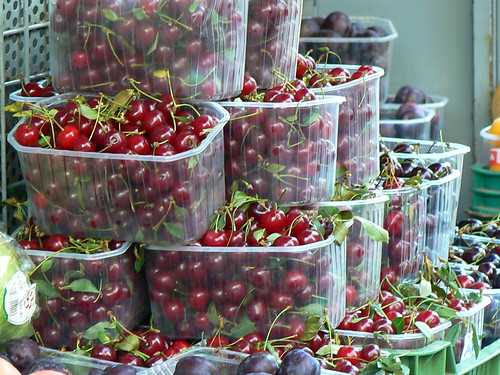
Our hotel was in the center on a road lined with kebab and pita sellers. We collected ourselves, tried to cool down a bit and then head to Margaret Island to experience the evening cool near the Danube river. On the way back we stopped at a brightly painted restaurant Hummus Bar (www.hummusbar.hu) where we nourished ourselves with good lemonade, beer, hummus and tabouleh salad.
Saturday
We were up early and at the spa by 9.00. We choose to go to the Széchenyi Gyógyfürdő (www.szechenyibath.com), which sits in the middle of the National Park. The park is a grand complex with museums and a replica castle and the spa. It's a perfect place to escape the hustle and bustle of the city. After 3 hours of soaking in mineral water and having our tired backs rubbed in a traditional Hungarian spa massage, we were ready to get some lunch and take a nap.
When the fiercest heat of the day began to subside we ventured back out to find ice cream and some dinner. We walked up to the castle grounds, perched high above the city. As we wandered back across Chain Bridge, we found a weekend festival with handcrafted goods and lots of sizzling sausages. Dinner! The atmosphere was alive and energetic. We couldn't understand a word, but happiness is universal.
Sunday

We wanted to catch the midday train home so we scooted ourselves out of bed with the dawn and were at the spa by 7am. We were the youngest people there, as most bathers were pensioners with State Health Insurance passes. (How great is that! Spa treatment covered by the State!) By 9 it had started to fill up with people and it was time for us to run back to the hotel for a shower and lunch before catching the train.
Every part of me was satisfied: my stomach was filled with good food, my muscles were massaged, my skin was refreshed. Budapest has her quirks, but she's worth the adventure.

